NASA understands the importance of nurturing a curious mind, and so do we.
Taking the myriad content they publish, we spent 10 weeks re-imagining their media strategy. The result was a concept designed not only inform but inspire those next generation of explorers whose curiosity about the universe is limited only by the questions they don’t ask.
Red Dot, 2025: Concept Design
my role: Research Lead & Interaction Designer
- oversaw the project’s research and formative testing including survey design, semistructured interviews, co-creative and participatory research activities, as well as the analysis of both qual and quant data.
- assisted the design of the animations and interactive touchpoints of the conversational AI functionality
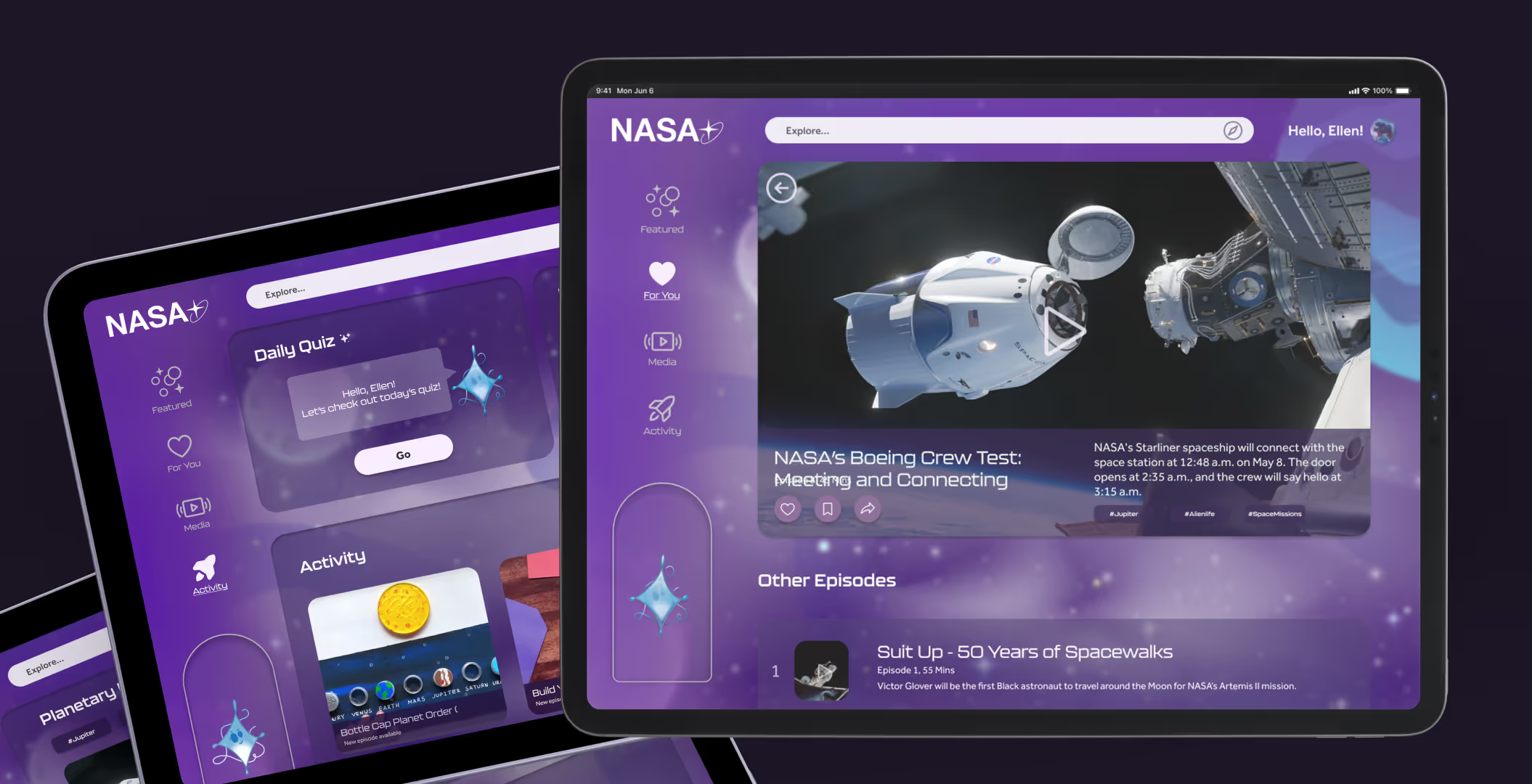
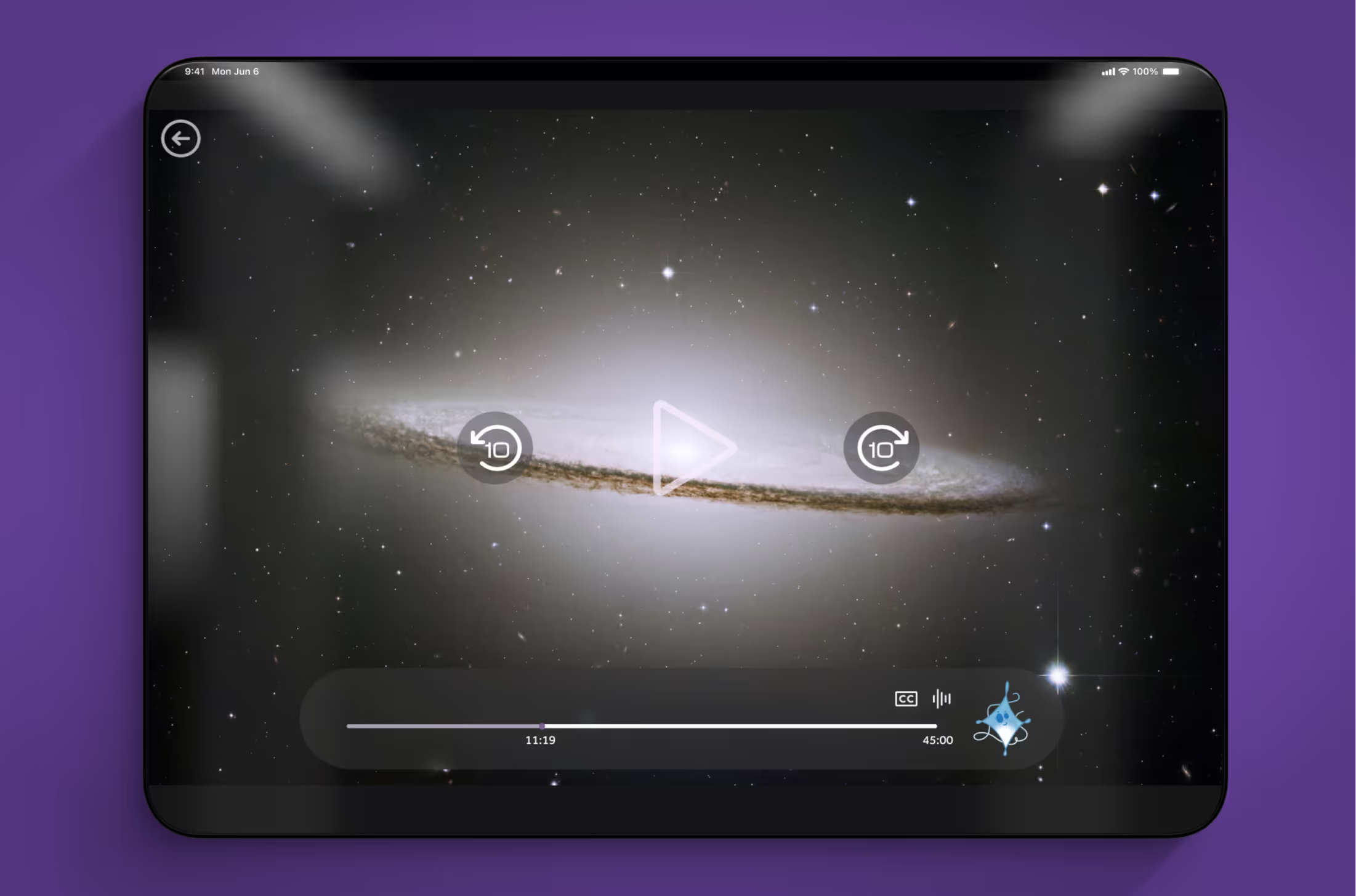
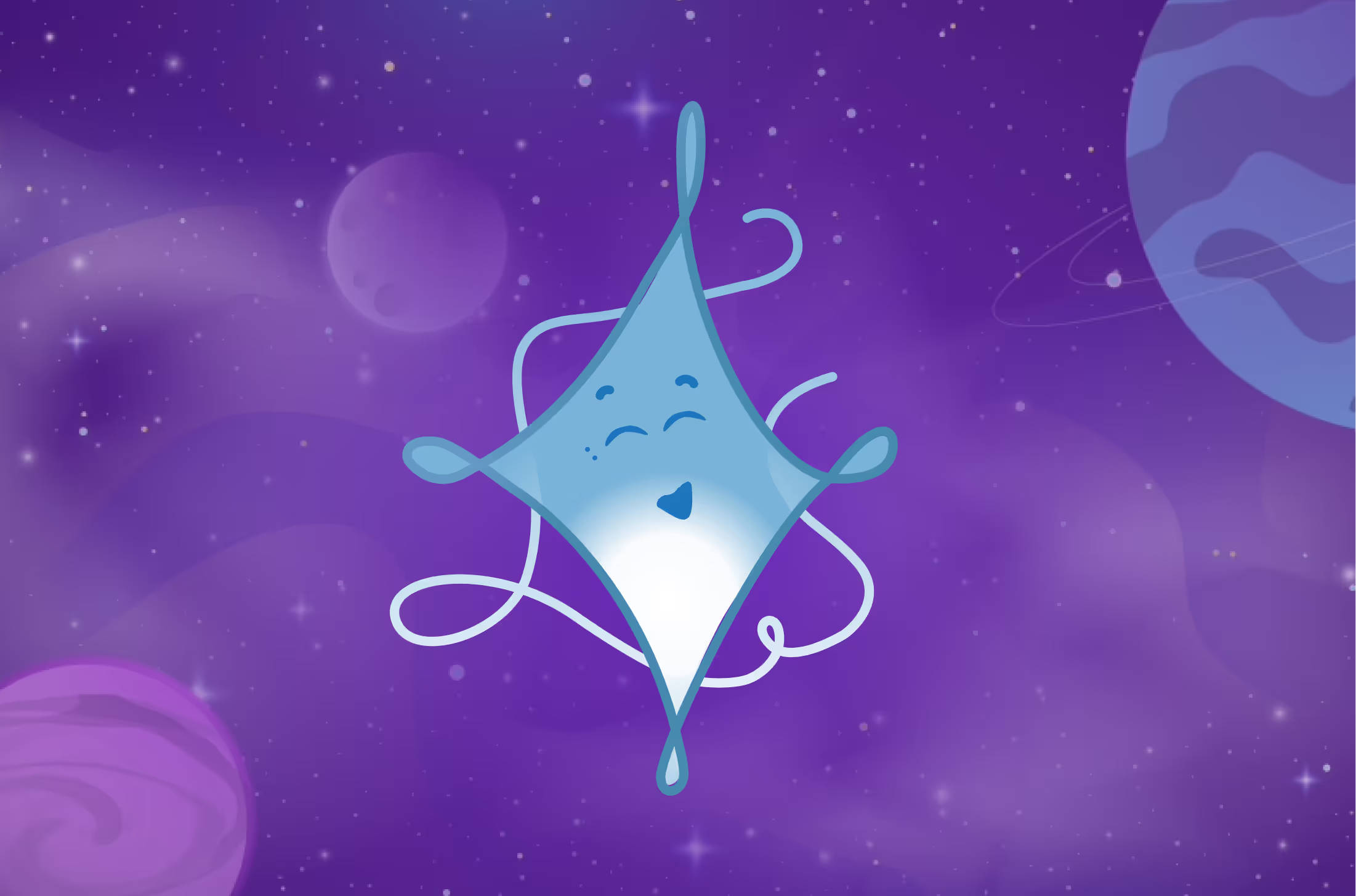
This was the problem ...
NASA manages a wide range of content across multiple platforms to engage the public about space, Earth, and its missions- particularly aiming to inspire the next generation through its evolving STEM Engagement Strategy. Yet despite its strong media presence, NASA continues to face challenges in sustaining public interest in its research and activities.
" NASA is more into R&D, national and mankind research... the challenge that NASA currently faces is getting the general public to see the value that is gained from the science and research that we do… how do we take that and translate that back to the public to get them more excited about what is going on in the space and future? "
-Reggie Martin, Chief of Branch Control Division at NASA Kennedy Space Center
Our Solution:
brings NASA’s scattered content into one cohesive platform, providing them a centralized hub to publish, track engagement, and simplify access for users. Beyond easier access, it leverages conversational AI to answer questions in kid-friendly language and recommends related content and STEM activities based on their interests—guiding young users on their journey through the cosmos.
The full story of this project is exciting, but there's one aspect of our process I'd like to highlight here:
How getting creative with participatory research spearheaded a path to success for our concept
Out of the studio and into the field!
We identified our user and the scope of our project from initial surveying. With our target user in mind, we headed for a local elementary school to probe for possible answers of how we can make NASA’s content more engaging and accessible for the younger generation.
For this I organized two participatory research activities:
Both were designed to elicit the perceptions and attitudes of our young participants in a playful and engaging way. They also acted as conversation starters, encouraging our participants to share their thoughts about the topics with each other and with us.
1.) Pick a card!
Developed from the content categories listed within the NASA TV and Multimedia pages from their website, these topic cards were used to get a deeper understanding of our participant’s interest in the content NASA publishes.
With these cards, we split our young participants into small groups. We then began by asking the group to take the cards and choose which topic NASA specializes in (they do them all), as well as which they are most interested in.
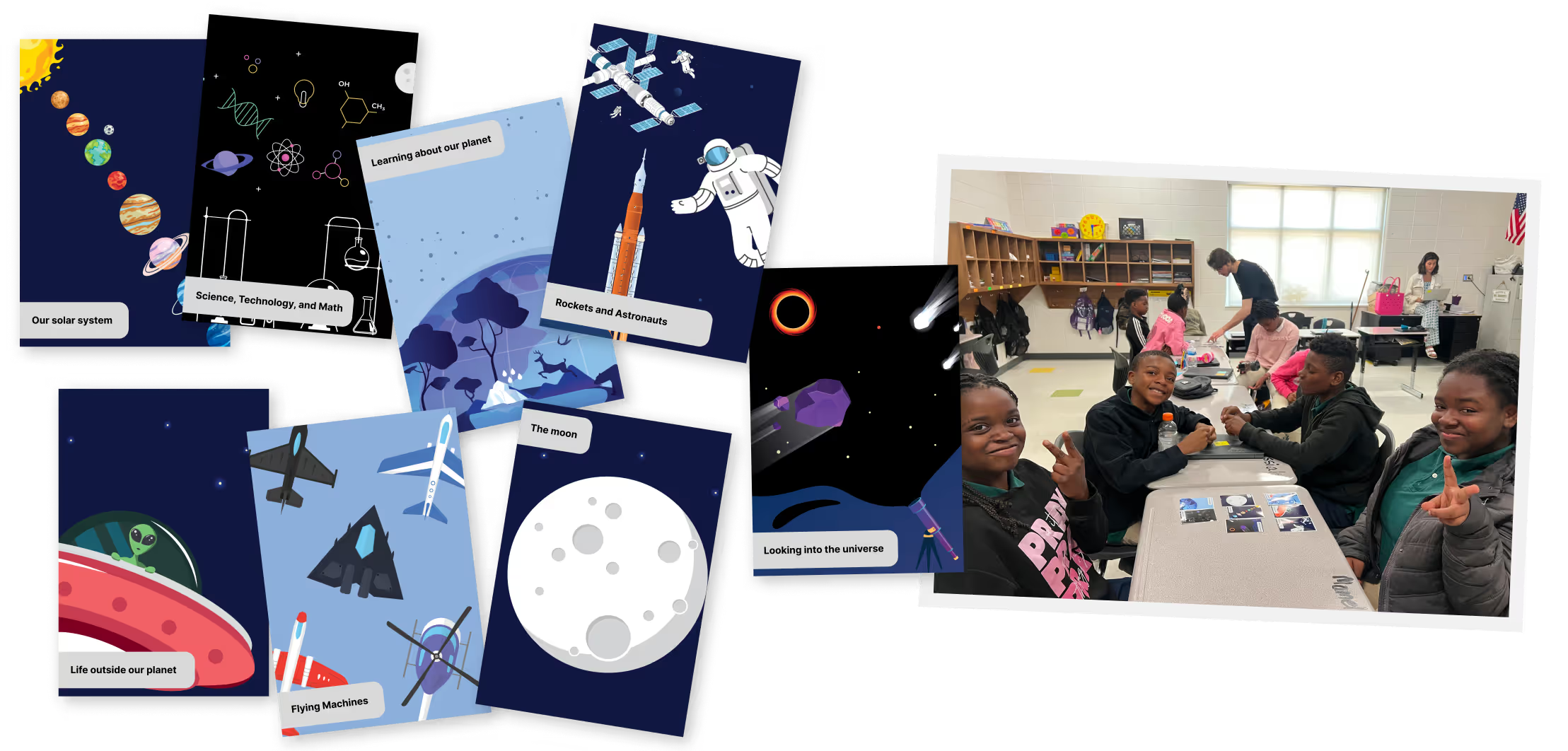
1.) Draw your experience ...
Our second research activity looked to make our more abstract topics more approachable for our young participants who might otherwise struggle to find the right way to articulate themselves.
Instead of having to rely on words, it empowered them to express their thoughts visually while giving us as researchers a tangible point of reference to probe as they drew their unique perspectives. After all, a picture paints a thousand words!
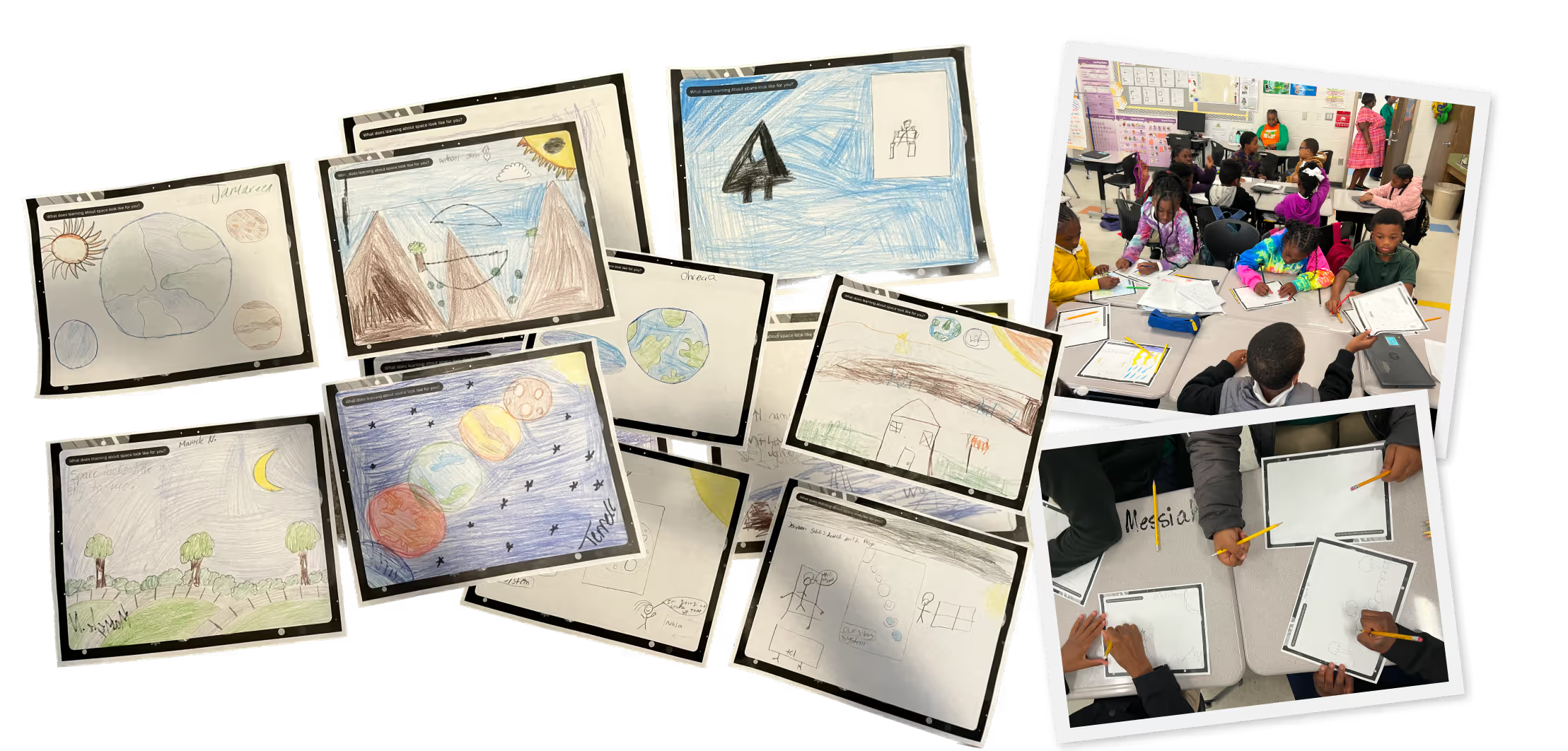
From field notes to insight
From our research one thing became immediately clear to me: when our participants came to these subjects, all were equally interesting, and each was faced with an almost limitless amount of questions.
At times, it was difficult to facilitate the group- I was answering questions about the moon, helicopters, and why rainbows exist all at once. Some I knew, others I had to look up, but many were questions I’d never thought to ask and stayed with me long after the activity ended.
I realized, these side conversations were not off topic- they were the main event.
Exploring their questions was important and engaging; our answers were less of a terminating reward than something to spring off of to ask more questions! We could see first hand that the curiosity was there, it only needs an ear to pull.
An interesting thing came out of our second activity ...
When asked to draw what learning about space looks like, most students illustrated themselves looking up at the night sky. Some stood outside their homes, others used telescopes aimed at constellations, the moon, or Mars.
As I spoke with students about their drawings, it became clear that they were grounding the concept of space in something familiar and personal. It made sense to me; after all, the night sky is our most accessible window to the cosmos- we only have to look up!
As we moved from our fieldwork toward developing our concept, these insights became critical to imagining a solution which could stimulate that curiosity we learned of first hand while also framing content in a relatable and engaging way.